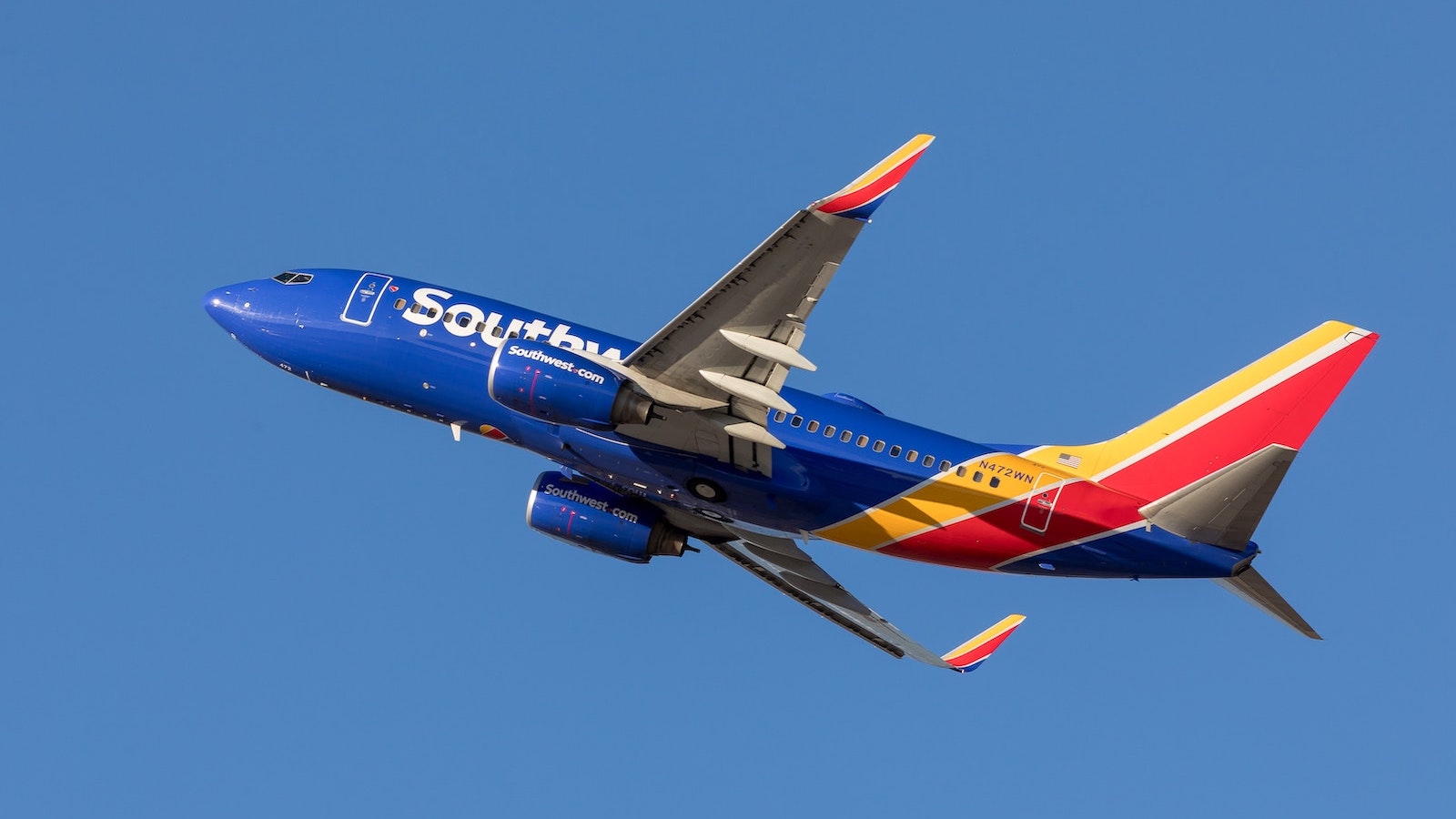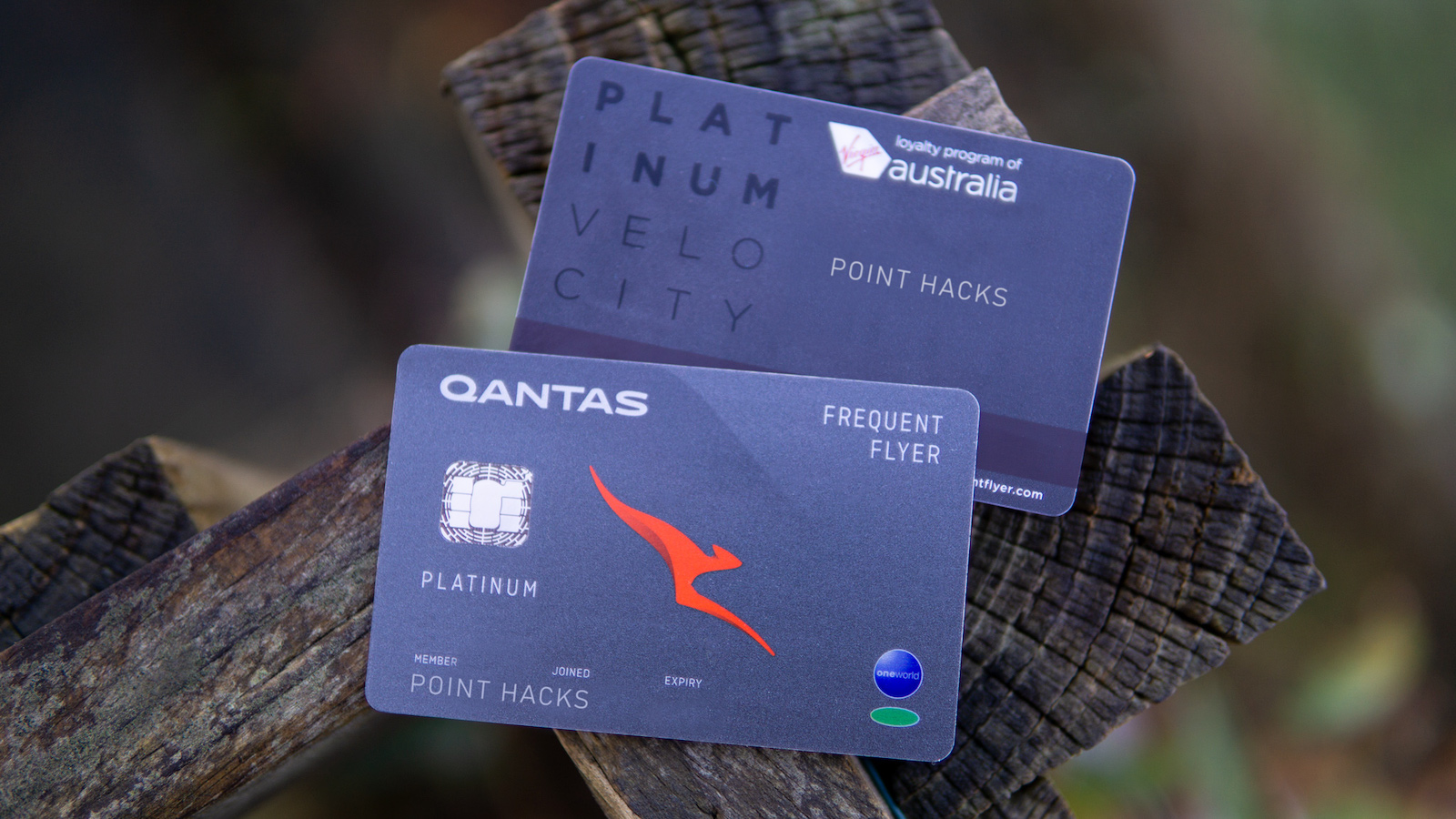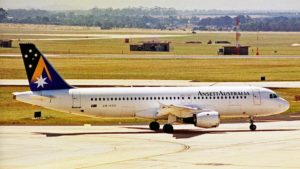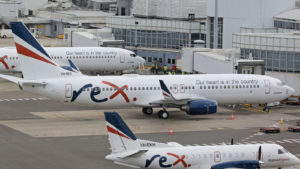Low-cost airlines were born from an industry that traditionally priced the average Mum and Dad traveller out of the market. In the early days of aviation, the service offered ranged somewhere between full-service and complete opulence. There was a gap in the market that needed to be filled, giving rise to the birth of the low-cost airline.
This article takes a look at not just the rise of low-cost airlines (LC), but a new breed of airline known as ultra-low-cost (ULC). I discuss Australia’s experience with LC and ULC airlines, and what the future of this segment holds.
What are ultra-low-cost airlines?
Deregulation of the airline industry saw the emergence of low-cost airlines, the most famous among them being Southwest Airlines in the US, which pioneered the low-cost model. These airlines initially started as bare-bones operations, offering very little more than just your seat. They also had a number of characteristics in common. These included:
- Same fleet type
- One class of service
- A service with few frills, with amenities charged on a per use basis
- No frequent flyer program
- No lounges
The core concept of LC airlines is to charge for all add-ons on a pay-per-use basis – commonly known among frequent flyers as ‘nickel and diming’. This concept is either loved or loathed depending on how much value you place on price over comfort.

History shows that over time, LC airlines began to offer more perks usually reserved for traditional full-service legacy airlines. And while these add-ons generally continue the pay-per-use model, they still represent a departure away from the ‘bare bones’ service that was central to the founding of LC airlines. The impetus for this change is generally twofold.
Firstly, LC airlines recognise that to increase their market share, they need to appeal to a wider demographic. This includes small businesses seeking travel at affordable prices, which generally necessitates a broadening of the products and services offered. And secondly, strategic shifts by full-service legacy airlines in the opposite direction. These airlines introduced cheaper fares that decouple amenities from an ‘all-inclusive’ approach to better compete with emerging LC airlines.
The birth of the ULC airline
The shift of LC airlines to the middle of the market left a gap at the ‘no frills ‘ end – a segment where consumers religiously base their travel decision solely on price. And one that traditional LC airlines had abandoned in search of less elastic higher-paying passengers.
The result? The birth of ULC airlines. Think Spirit Airlines or Allegiant Air in the US, Swoop in Canada and Ryanair in Europe. And of course the now-defunct Tigerair in Australia.
Australia’s experience with ULC airlines
Australia’s first taste of a LC airline was in the early nineties with Compass Airlines. And that is both the Mk I and Mk II iterations. The airline threatened to throw a spanner in the works of the comfortable duopoly held by Qantas and Ansett Australia.
Now, when we say Compass Airlines was low-cost, we mean low-cost for those days. As you can see from the video, a $200 return flight from Sydney to Melbourne was considered low-cost when the average fare from the Qantas and Ansett duopoly was near double that. And that doesn’t even include 30 years of inflation!
In more recent times, the traditional ULC airline emerged. Virgin Blue and Impulse Airlines entered the market in the early 2000s. Their entry represents a second shake-up of the Qantas and Ansett duopoly. Impulse Airlines was eventually bought out by Qantas. And this time, the Qantas and Ansett duopoly would not survive.
Saddled with large debts and safety issues, Ansett experienced widespread groundings and a major hit to its reputation. The final nail in the coffin for Ansett was the September 11 terrorist attacks. The much-beloved airline disappeared from Australian skies in 2001.
With the main competitor to Qantas now gone, the traditional early ULC model of Virgin Blue no longer seemed ‘fit-for-purpose’. A large swathe of loyal business and high-end leisure Ansett frequent flyers were looking for a new home. And for many of these travellers, a full-service or close to full-service offering was expected. Qantas was a natural choice for most, but for others, an ‘anyone but Qantas’ mentality prevailed.
The post-Ansett era
Ansett’s demise was the catalyst for two outcomes. The first outcome was the expedited transition of Virgin Blue from an ULC airline to a LC, value-based airline. The transition would look to snare some of Ansett’s former customer base to the airline. It would involve the airline introducing amenities such as The Blue Room, Premium Economy seating and Velocity Rewards – the precursor to the current Velocity Frequent Flyer program.
The second outcome was the birth of Jetstar. Like Virgin Blue in its early days, Jetstar started out as a traditional ULC airline. Over time, it too has morphed into more of a LC airline, with additional services offered to customers willing to pay for them. The reasons for this shift in models are discussed below.
Tigerair re-introduced the ULC model to Australia in 2007, providing ultra-basic service at rock-bottom prices. And the airline did not shy away from boasting about how basic its service actually was. So much so, that it was the centrepiece for Channel 7’s Airways TV program at that time. The show highlighted the struggles that travellers expecting a full or hybrid service had when encountering the ULC model. I’m not sure this was the best PR move by Tigerair, but that’s just my opinion.
Tigerair is of course no longer, succumbing to years of unprofitability. Again, Australians are faced with a void in the ULC segment of the market. But will this be changing in 2022?
Is there a market for an ULC airline in Australia?
Judging from the history lesson above, it appears the answer is no.
For the past 25 years, when a third entrant attempts to enter the market, it meets an untimely end. The new entrant is generally bought out or brought down. Either way, they disappear quicker than mistake fares!
But could a new ULC entrant enter the scene in 2022 in a way that eluded its predecessors? And is there a market for such an airline?
The current talk of the town is the impending entry of Bonza Airlines. Offering ‘affordable airfares for all’, the airline is set to take on the established jet operators Qantas, Virgin and Jetstar. In addition, Rex Airlines has only recently entered the fray of domestic jet services.
Whether Bonza becomes a LC or ULC airline is yet to be seen, although all indications point to the latter. And aside from looking to undercut the competition on price, Bonza is also looking to do something unique. And that is to focus on underserviced routes. Think city pairs that normally require a transit. While the route network hasn’t been announced, there is a good chance it will heavily feature many regional destinations.
Will the Bonza plan work?
Anytime a business looks to fill a gap in the market, there is of course the possibility of success. But implementation is key – and on this front, I’m not so convinced. The airline has already announced that its fleet will consist of Boeing 737 MAX 8 aircraft. Given their intention of flying point to point between underserviced routes, one has to wonder why these routes are unserviced. I mean, it’s not like Qantas, Virgin and Rex would simply let market opportunities pass by if there is profit to be made.
So it’s likely that these underserviced routes are underserviced for a reason. These reasons may include too little demand from customers, or sub-optimal fleet options to make the routes viable. If the reason is the former, the use of Boeing 737 MAX 8 aircraft is even more questionable. Surely there would be a better-sized aircraft that could be employed?
Are Australian travellers unique?
And there are other considerations at play. Australians love their frequent flyer programs. Qantas and Virgin have over 13 and 10 million members respectively, albeit some being members of both programs. Virgin offers some incredibly competitive base fares through their Lite fares. And Qantas members can earn points on the LC Jetstar. Given this, will Australians forgo their frequent flyer points and benefits for a similarly-priced airfare on an ULC airline?
And what about the Australian travelling public in general? Australia is a unique place, with all our major cities around 1,000 kilometres from each other. And Perth even further away! The creature comforts that many in Europe and the US willingly forgo on their more frequent shorter journeys may not necessarily apply here. Adequate seat pitch, wireless in-flight entertainment and complimentary Wi-Fi are amenities that travellers would at least like the option to purchase. And these are all but missing from ULC airlines.

All these factors generate some risk for a new entrant such as Bonza. Only time will tell whether Bonza will follow in the footsteps of their predecessors, or if the airline will finally break through in the ULC space, cementing themselves as Australia’s ULC airline.
Summary
Since deregulation of the Australian market, competition between airlines turned the Aussie aviation market into a hard-fought affair. LC and ULC airlines broke the relative stability of the Qantas and Ansett duopoly, while also providing a great boon for the Australian travelling public.
But while Australians have welcomed some form of LC model, they have mostly given a cold shoulder to the ULC model. A model that promotes ultra-low fares in exchange for severe curtailing of services and amenities.
Whether Bonza Airlines follows an ULC model or is even successful in the Australian market is yet to be seen. But if the airline does choose to utilise an ULC model, it should be cognisant of the specific demographic of Australian travellers. And their capacity and willingness to accept an ultra-low fare at any cost.
Check out the other Point Hacks Editor’s View articles here →






Community